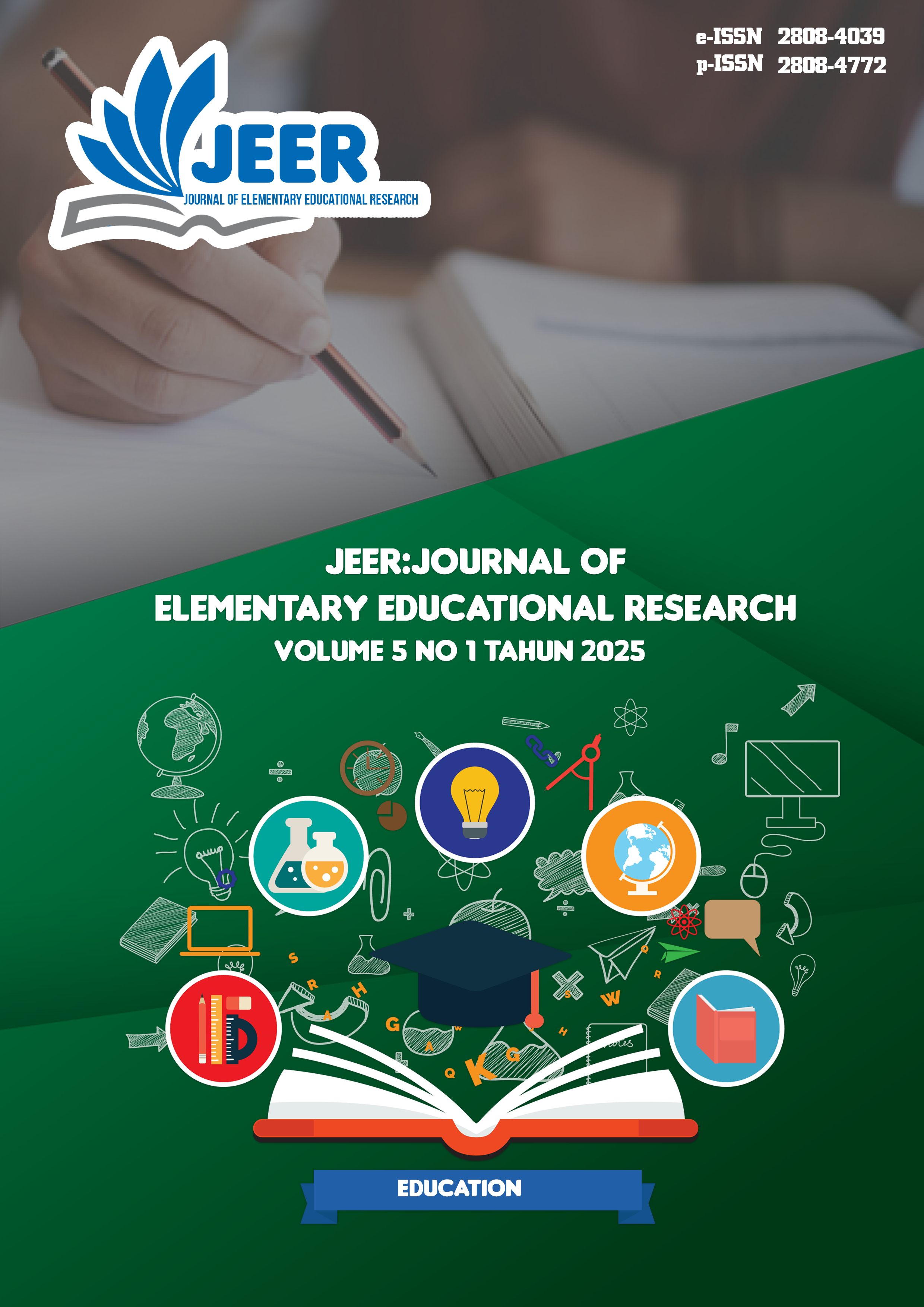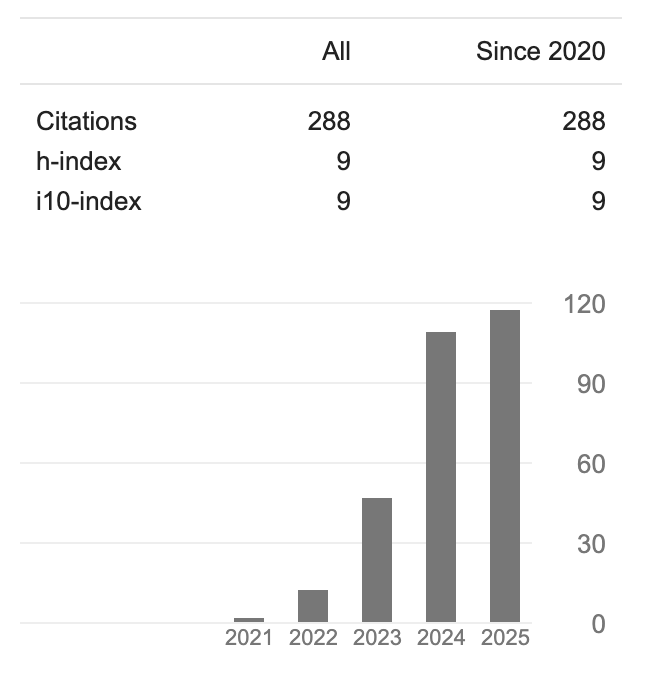The Influence of the Problem Posing Approach on the Creative Thinking Ability of Class V Students on Geometry Material at Elementary School
Abstract
The 21st century require students to have the ability to think creatively, i.e. come up with original ideas and innovative solutions in various situations. However, the creative thinking skills of Indonesian students are still low, shown through the lack of variety of ideas and the tendency to think linearly in solving problems. This study aims to determine the influence of the problem posing method on the mathematical creative thinking ability of fifth grade elementary school students regarding fifth grade geometry. The research method used in this study is a quasi-experimental method with a Randomized Control Group Post Test Only. This research was conducted at SDN Tanah Baru 02. Sampling was carried out using the Simple Random Sampling technique which amounted to 30 people. The research instrument used in this study is a test instrument that measures students' mathematical creative thinking skills on spatial building materials. The test consisted of 9 questions in the form of descriptions. Each question represents an indicator of creative thinking according to Munandar, which is taught using the problem posing method. The average result of the creative thinking ability obtained using the problem posing method of the experimental class was 72.70, and the mathematical creative thinking ability of the control class students was 51.73. The results of the calculation of the T-test using the Independent Sample T-test method in the post-test results of the second class obtained a significance value of 0.000 < 0.05, so that H0 was rejected and H1 was accepted, which means that the Problem Posing approach affects students' mathematical creative thinking skills. This research shows that the problem posing method can be used as an alternative learning strategy to foster students creative thinking skills, thereby supporting the achievement of 21st century competencies in the elementary school curriculum.
Copyright (c) 2025 Journal of Elementary Educational Research

This work is licensed under a Creative Commons Attribution-NonCommercial-ShareAlike 4.0 International License.
Please find the rights and licenses in Jurnal JEER: Jurnal of Elementary Educational Research. By submitting the article/manuscript of the article, the author(s) agree with this policy. No specific document sign-off is required.
- License
The non-commercial use of the article will be governed by the Creative Commons Attribution license as currently displayed on Creative Commons Attribution-NonCommercial-ShareAlike 4.0 International License.
- Author(s)' Warranties
The author warrants that the article is original, written by stated author(s), has not been published before, contains no unlawful statements, does not infringe the rights of others, is subject to copyright that is vested exclusively in the author and free of any third party rights, and that any necessary written permissions to quote from other sources have been obtained by the author(s).
- User/Public Rights
JEER: Jurnal of Elementary Educational Research's spirit is to disseminate articles published are as free as possible. Under the Creative Commons license, JEER: Jurnal of Elementary Educational Research permits users to copy, distribute, display, and perform the work for non-commercial purposes only. Users will also need to attribute authors and JEER: Jurnal of Elementary Educational Research on distributing works in the journal and other media of publications. Unless otherwise stated, the authors are public entities as soon as their articles got published.
- Rights of Authors
Authors retain all their rights to the published works, such as (but not limited to) the following rights;
- Copyright and other proprietary rights relating to the article, such as patent rights,
- The right to use the substance of the article in own future works, including lectures and books,
- The right to reproduce the article for own purposes,
- The right to self-archive the article (please read out deposit policy),
- The right to enter into separate, additional contractual arrangements for the non-exclusive distribution of the article's published version (e.g., post it to an institutional repository or publish it in a book), with an acknowledgment of its initial publication in this journal (JEER: Jurnal of Elementary Educational Research).
- Co-Authorship
If the article was jointly prepared by more than one author, any authors submitting the manuscript warrants that he/she has been authorized by all co-authors to be agreed on this copyright and license notice (agreement) on their behalf, and agrees to inform his/her co-authors of the terms of this policy. JEER: Jurnal of Elementary Educational Research will not be held liable for anything that may arise due to the author(s) internal dispute. JEER: Jurnal of Elementary Educational Research will only communicate with the corresponding author.
- Royalties
Being an open accessed journal and disseminating articles for free under the Creative Commons license term mentioned, author(s) aware that JEER: Jurnal of Elementary Educational Research entitles the author(s) to no royalties or other fees.
- Miscellaneous
JEER: Jurnal of Elementary Educational Research will publish the article (or have it published) in the journal if the article’s editorial process is successfully completed. JEER: Jurnal of Elementary Educational Research's editors may modify the article to a style of punctuation, spelling, capitalization, referencing and usage that deems appropriate. The author acknowledges that the article may be published so that it will be publicly accessible and such access will be free of charge for the readers as mentioned in point 3.













